There are two main types of foam rubber molding: open cell and closed cell. Open cell foam products are characterized by their interconnected networks of pores. Read More…
RD Rubber Technology Corp is an ISO 9001:2015 / AS9100:2016 certified and ITAR registered company. We offer compression, transfer, injection and Liquid Injection molding, rubber to metal bonding, engineering support, tooling design, machining and more. Our customers rely on us to give them the best possible production solutions for rubber molding. From aerospace to medical, food processing to military applications we build trust by being responsive to your needs.
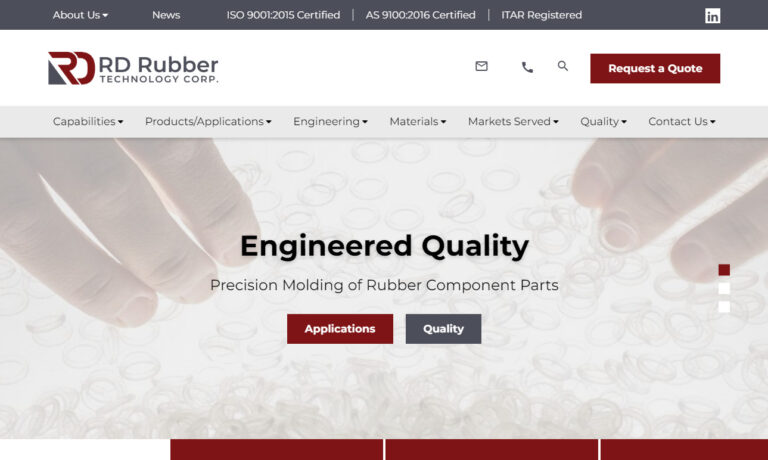
If you have a need custom rubber molding for products with a fast turnaround, Britech Industries is the company you need to call. We do molded, extruded and die cut rubber – of various products and in the colors and compounds you need.
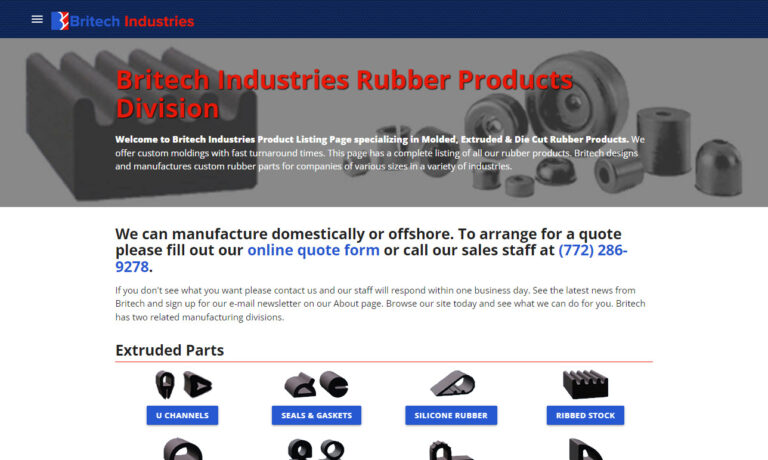
With more than a century of manufacturing experience, Pierce-Roberts Rubber Co. is your source for custom molded rubber products.
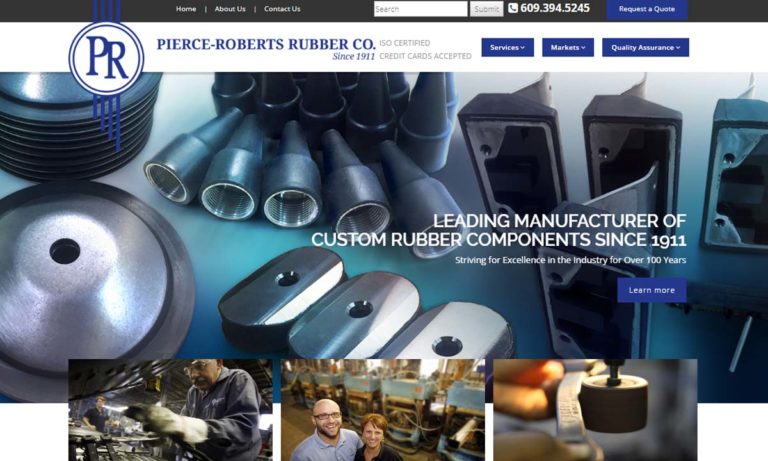
Rubber molding is what we do best. We believe in offering our very best to all customers no matter how large or small. For over 65 years we have pushed the boundaries of what we do and continue to improve our products and customer service every day.
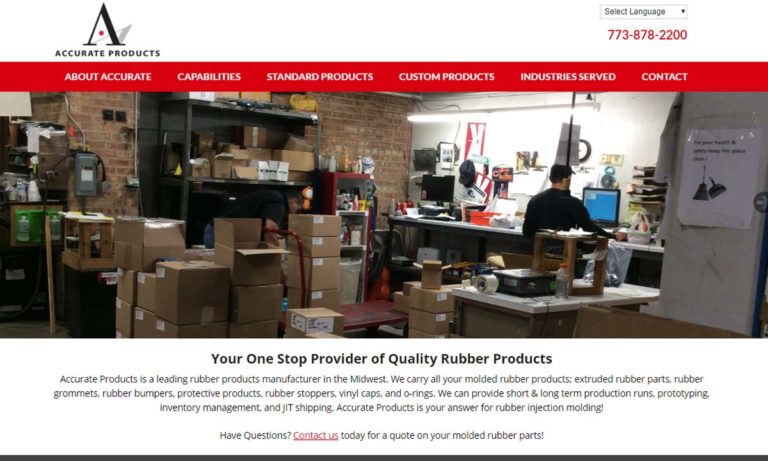
REDCO Rubber Engineering & Development is your complete source for rubber molding products, including rubber rollers, die-cut gaskets, and custom rubber products to suit your application.
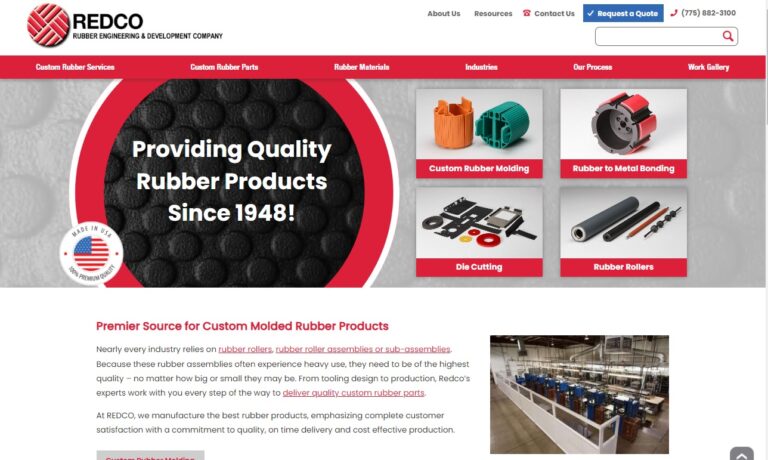
All your typical molded rubber parts & more! Our custom rubber molding expertise includes mold conversion, non-conductive parts, injection molding, compression molding, transfer molding, die cutting & extrusions, plus cryogenic deflashing, trimming and curing. Low to medium volumes on time & budget!

Mason Rubber is a full-service organization assisting in the designing or reverse engineering of custom product to fulfill your production requirements.
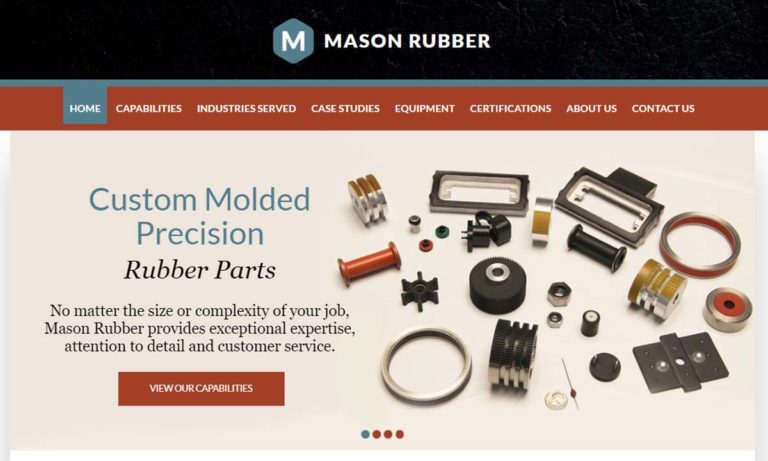
Kent Rubber Supply leverages our experience, innovation and continuous development to ensure our customers get the best products. We specialize in small to large batch production runs of molded rubber parts, allowing us to offer ultimate customization when it comes to a wide variety of specs. Our products vary in shapes, sizes and wall thicknesses in materials such as PVC and urethane. Both domestic and offshore services are available.
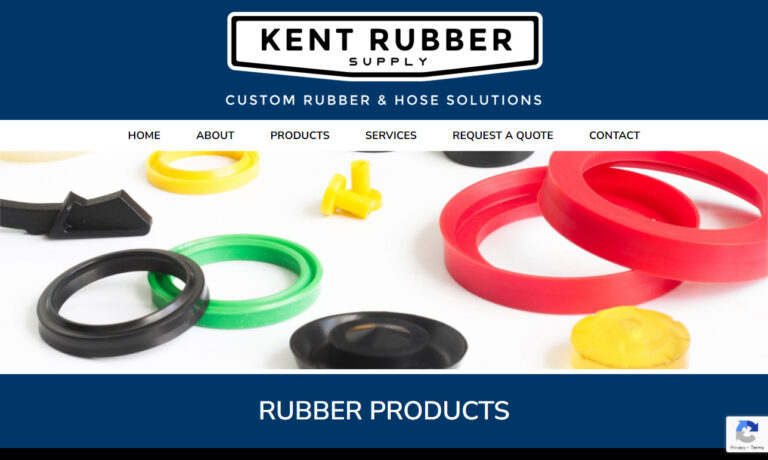
Spring-Fast Grommets with fusion bonded nylon & a polymer cushion prevent wire chafe & give you best in class performance, 49% install savings & a 9.5x efficiency improvement. The nylon clad metal substrate snaps on with finger pressure & self locks - eliminating adhesives & the old slow & costly gluing process. It is used widely used in across the OEM & contract manufacture sectors. ISO 9001:2015 & AS 9100-D. Collaborative product customization available. Request free samples on site.
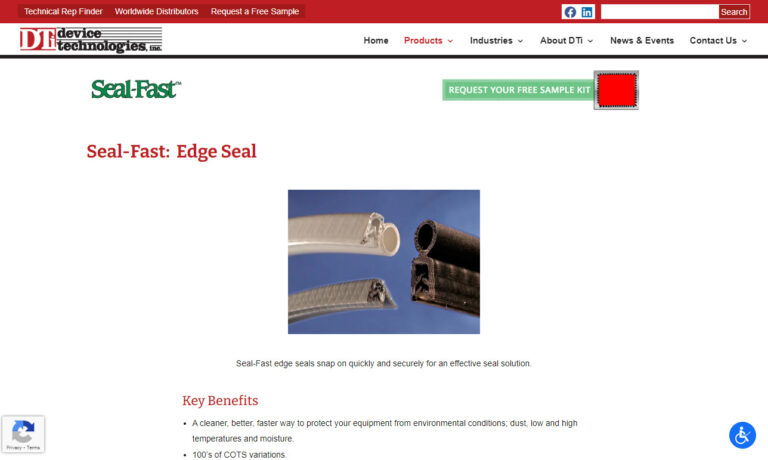
National Rubber was founded in 1997 with the values of variety, consistency, quality, open communication, and timely delivery at its core. Today, we stay true to these values by taking each one of your specifications into consideration, and working with you through every step of the manufacturing process. Call us today for more information!

Jet Rubber Company, employee-owned, offers custom molded rubber and rubber to metal components. They offer rubber molding in a wide array of standard rubber products as well as custom options for those more complex and difficult jobs.
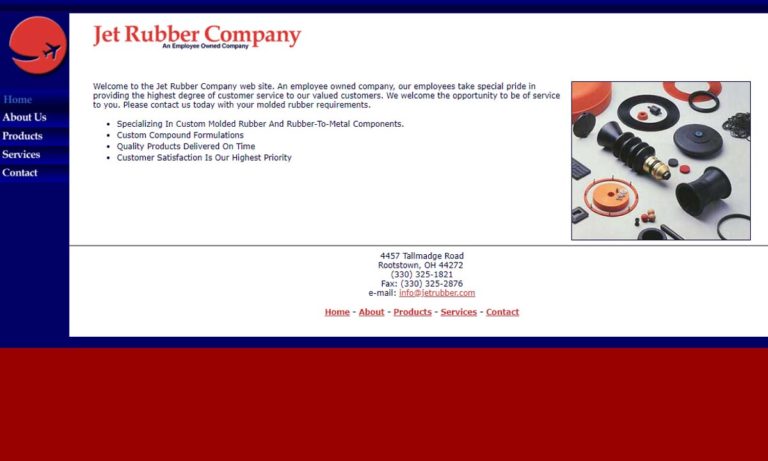
More Foam Rubber Molding Companies
Closed cell foam products are the opposite; their pores are not connected, which makes closed cell foam products denser. Both varieties are used in a wide range of applications. Open cell foam rubber molding is used in the automotive industry for seat padding and trim material.
Other kinds of furniture like mattresses and pillows can also be made of open cell foam rubber. In industrial manufacturing, open cell foam rubber can be used in packaging and noise control applications.
Closed cell foam rubber molding is also used in the automotive industry but for thicker products. Construction companies make use of closed cell foam rubber for insulation and other thermal management applications. They are also used in sporting activities as knee and elbow pads, wetsuits and gloves. In healthcare settings, they can be used as orthopedic braces, surgical scrubbers and x-ray positioning pads.
Foam rubber molding is created through a polymerization process. At the beginning of this process, chemicals are placed into two large holding tanks. Then they are pumped into smaller, heated mixing tanks, and from there they are pumped into mixing heads which allow the blending of chemicals to occur.
The manner in which the chemicals are dispensed influences the type of foam rubber formed. For example, the use of continuous dispensing helps to form low-density foams in both rigid and flexible varieties. After the mixing, the foam must be cured before it can withstand further fabrication processes. Foam rubber is typically fabricated through a specialized injection molding process.
In this process, an inert gas such as nitrogen or carbon dioxide is introduced into the heated rubber material. Next, the foamable rubber composition, which now consists of a single phase polymer/gas solution, is then injected into the mold cavity; this allows for shaping of the foam into specific shapes for parts. A more recent development in foam fabrication is structural foam molding.
In this process, instead of utilizing high pressure to force the foam to fill up the mold cavity, the foaming action is instead caused by an inert gas that is distributed in the raw rubber material in order to assist flow.






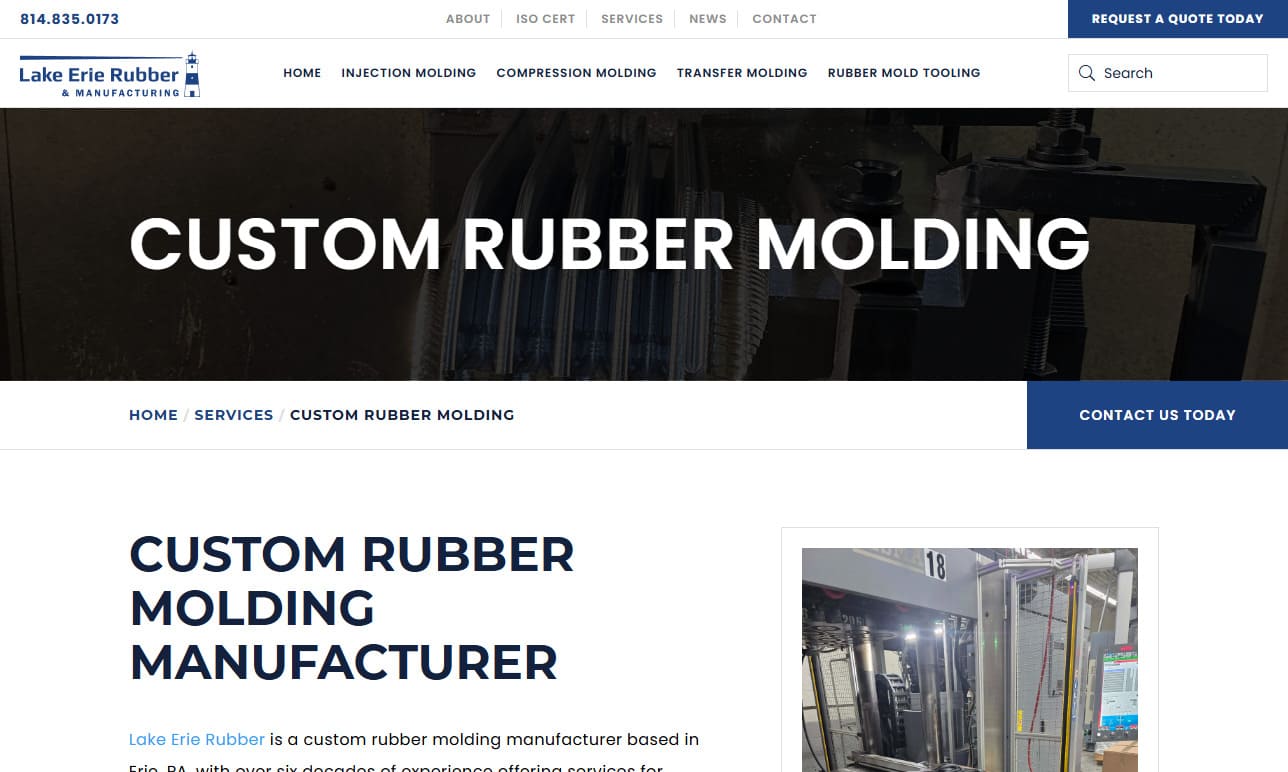






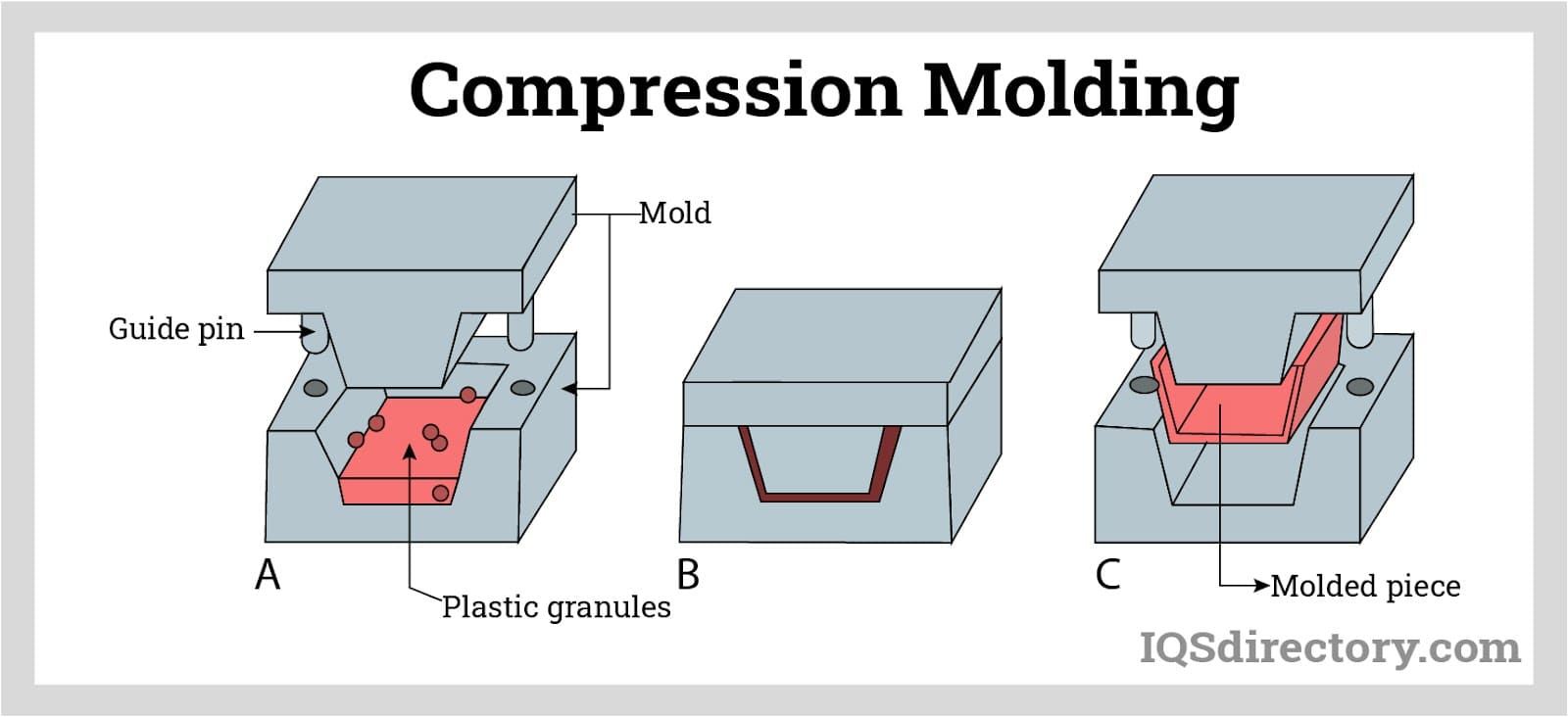
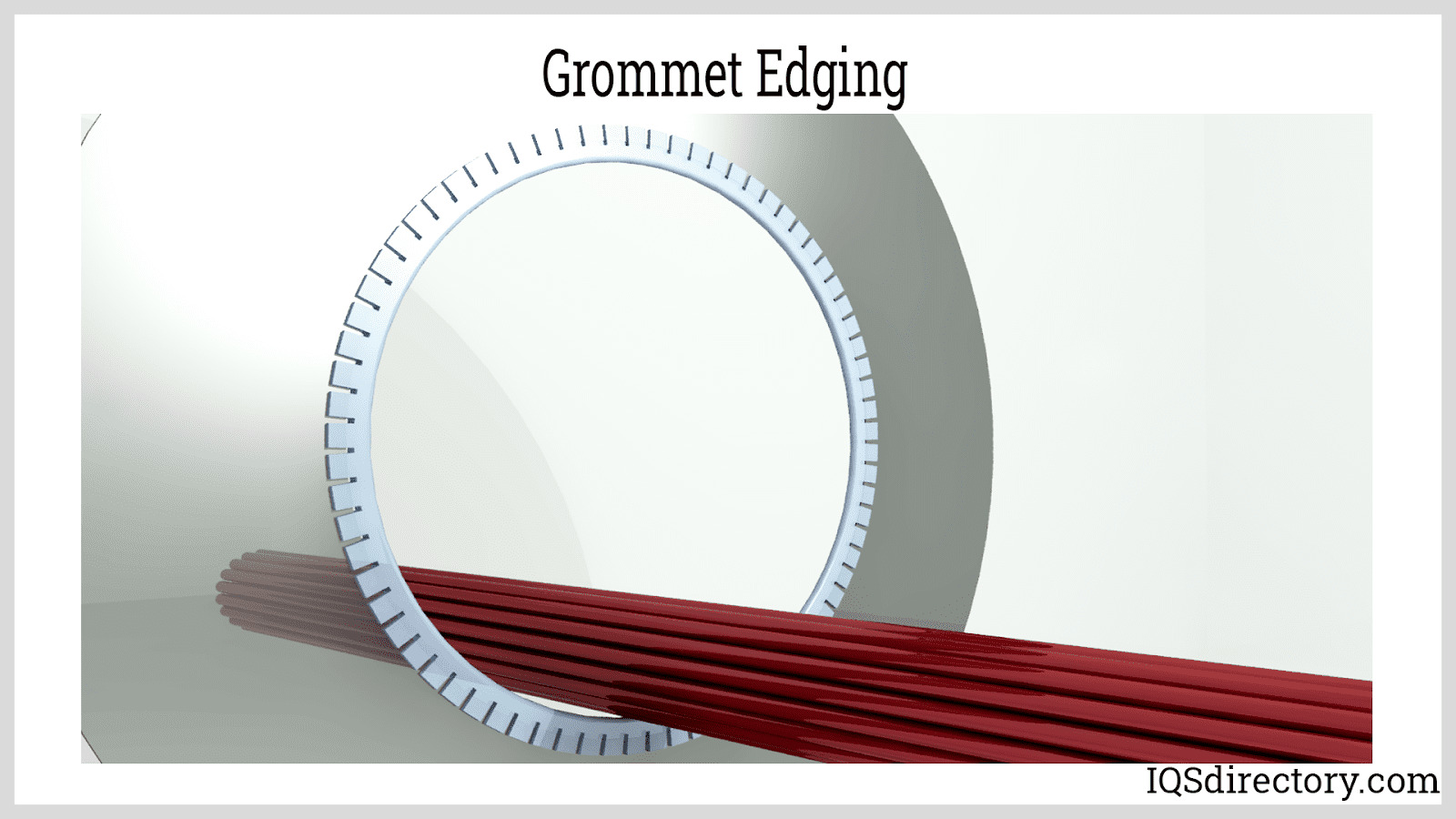
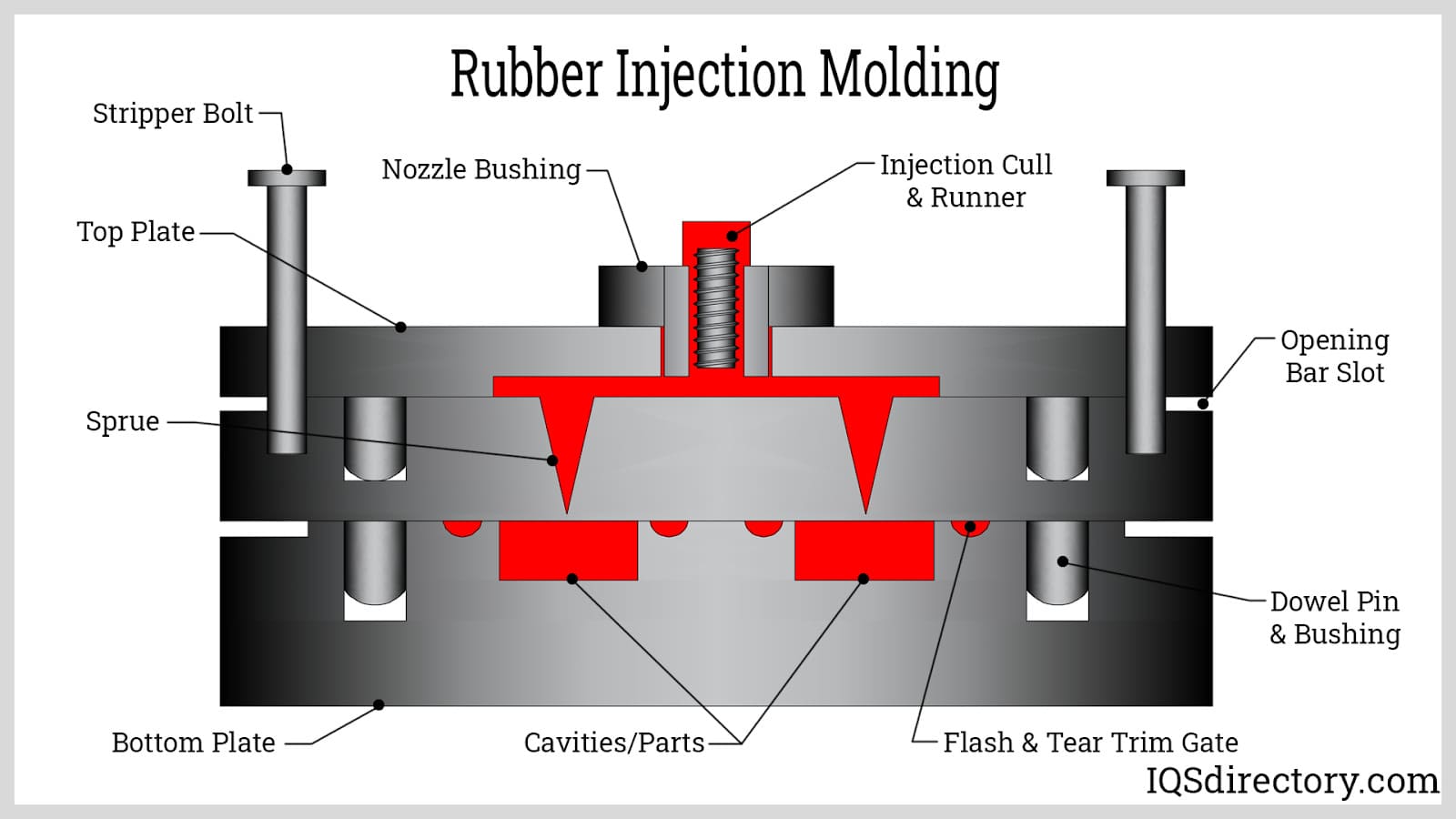
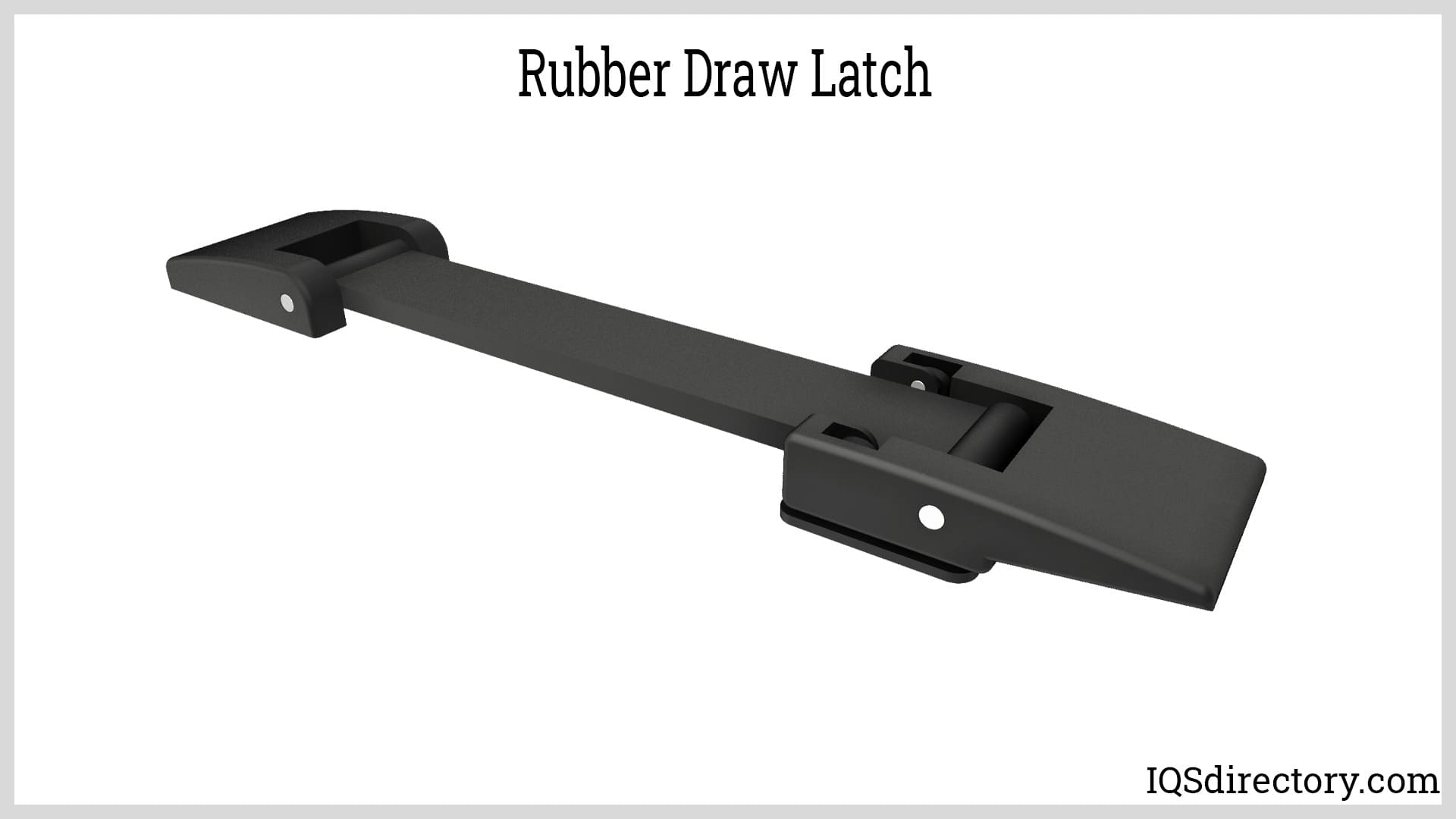
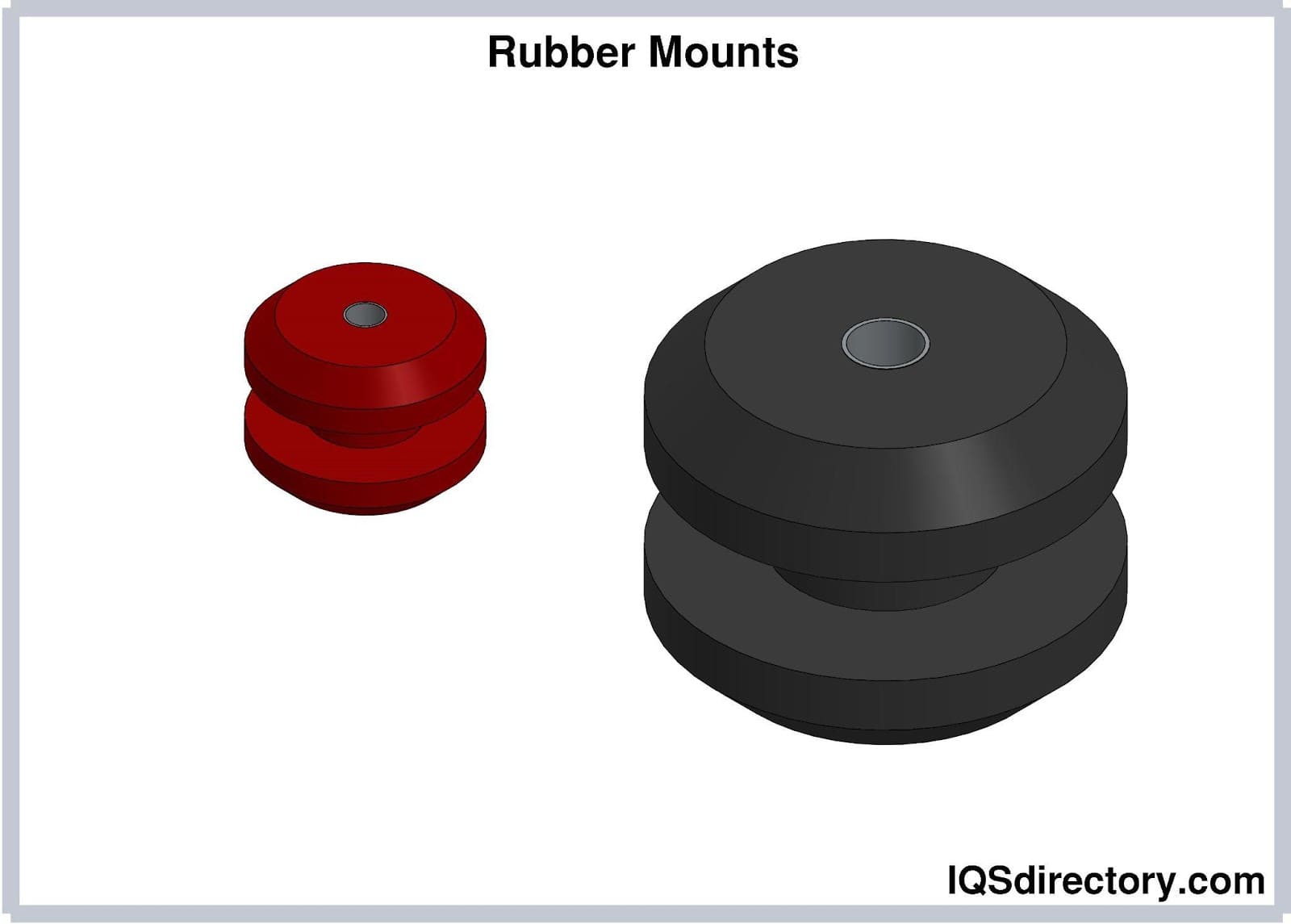
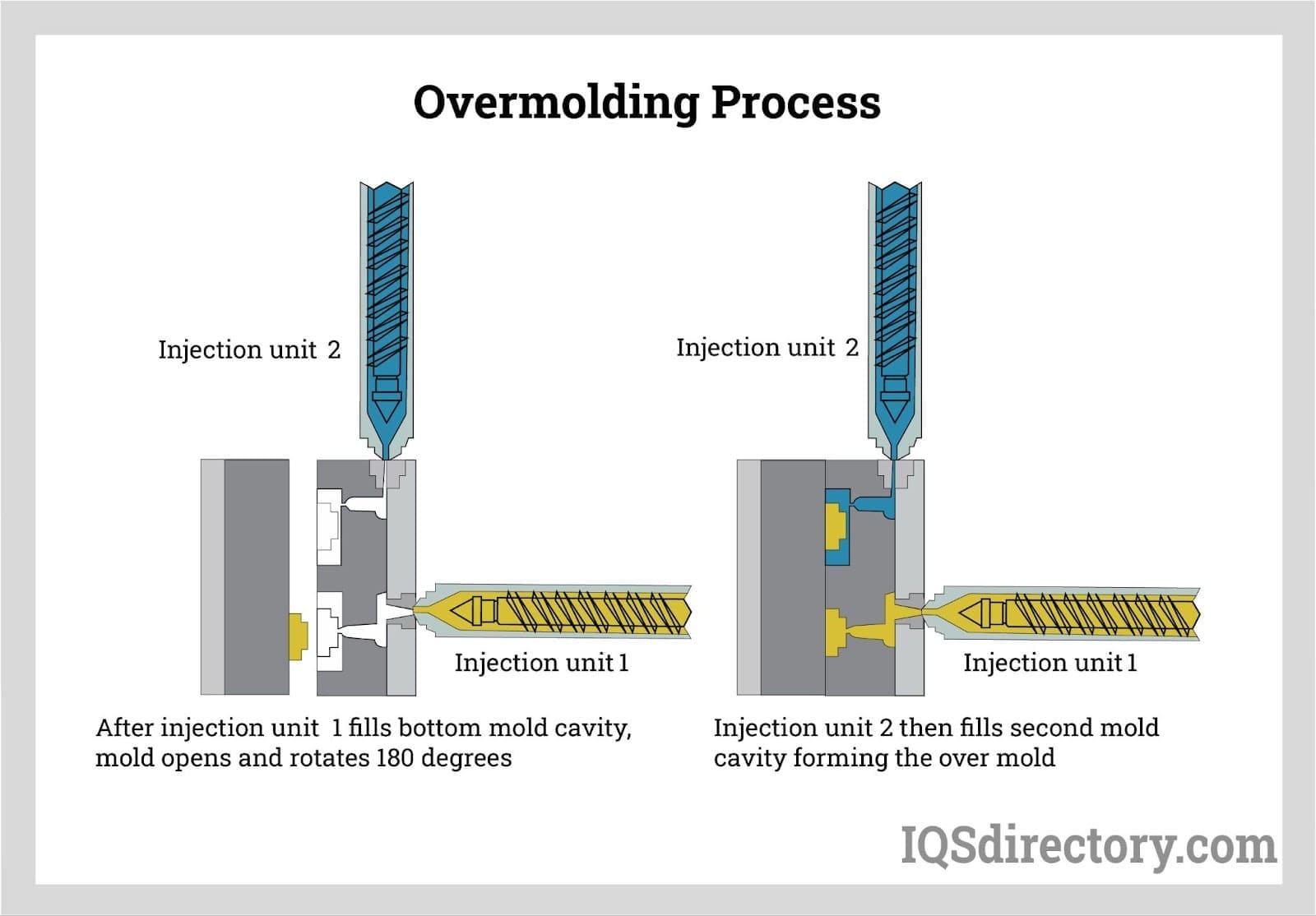
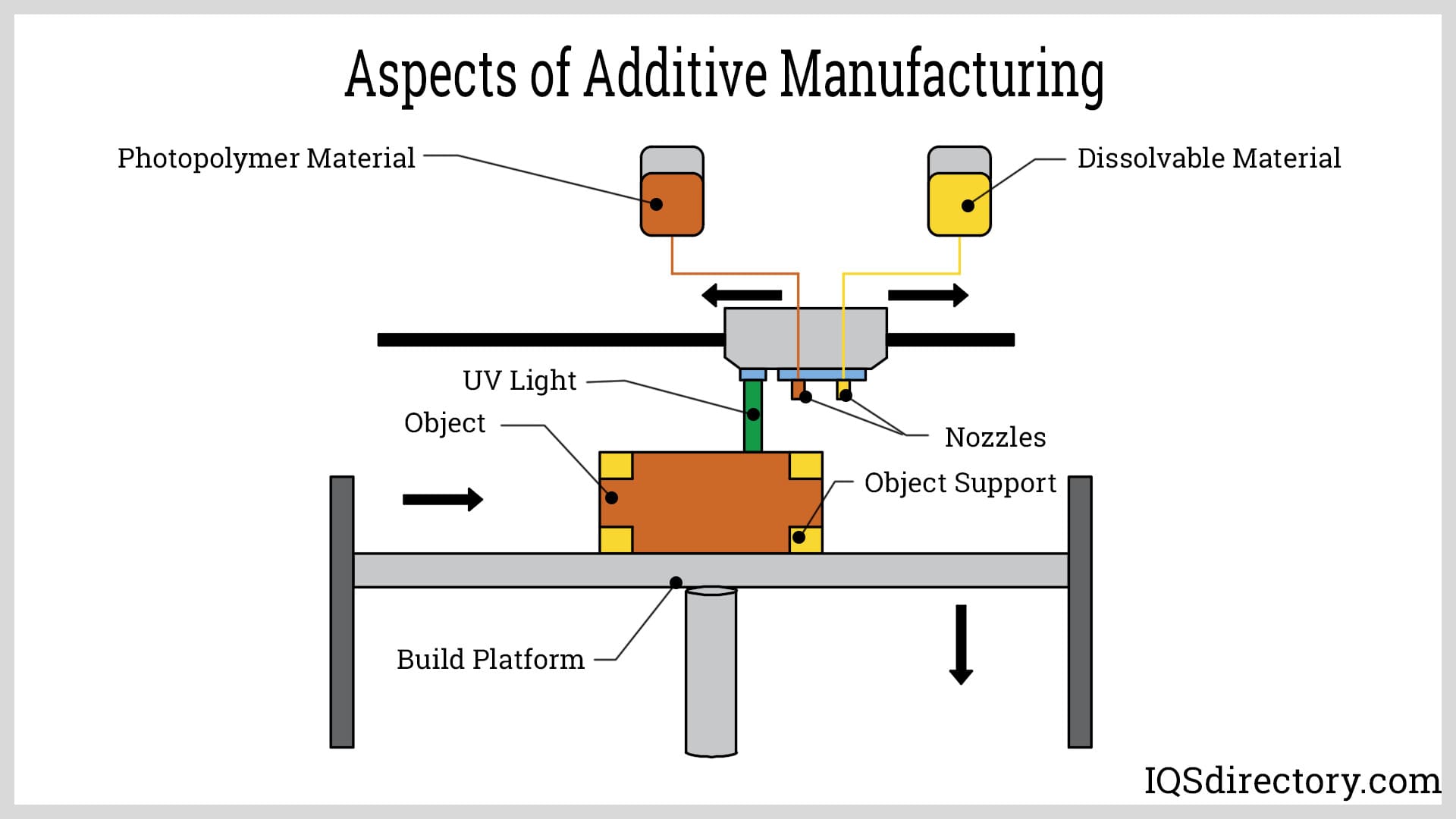
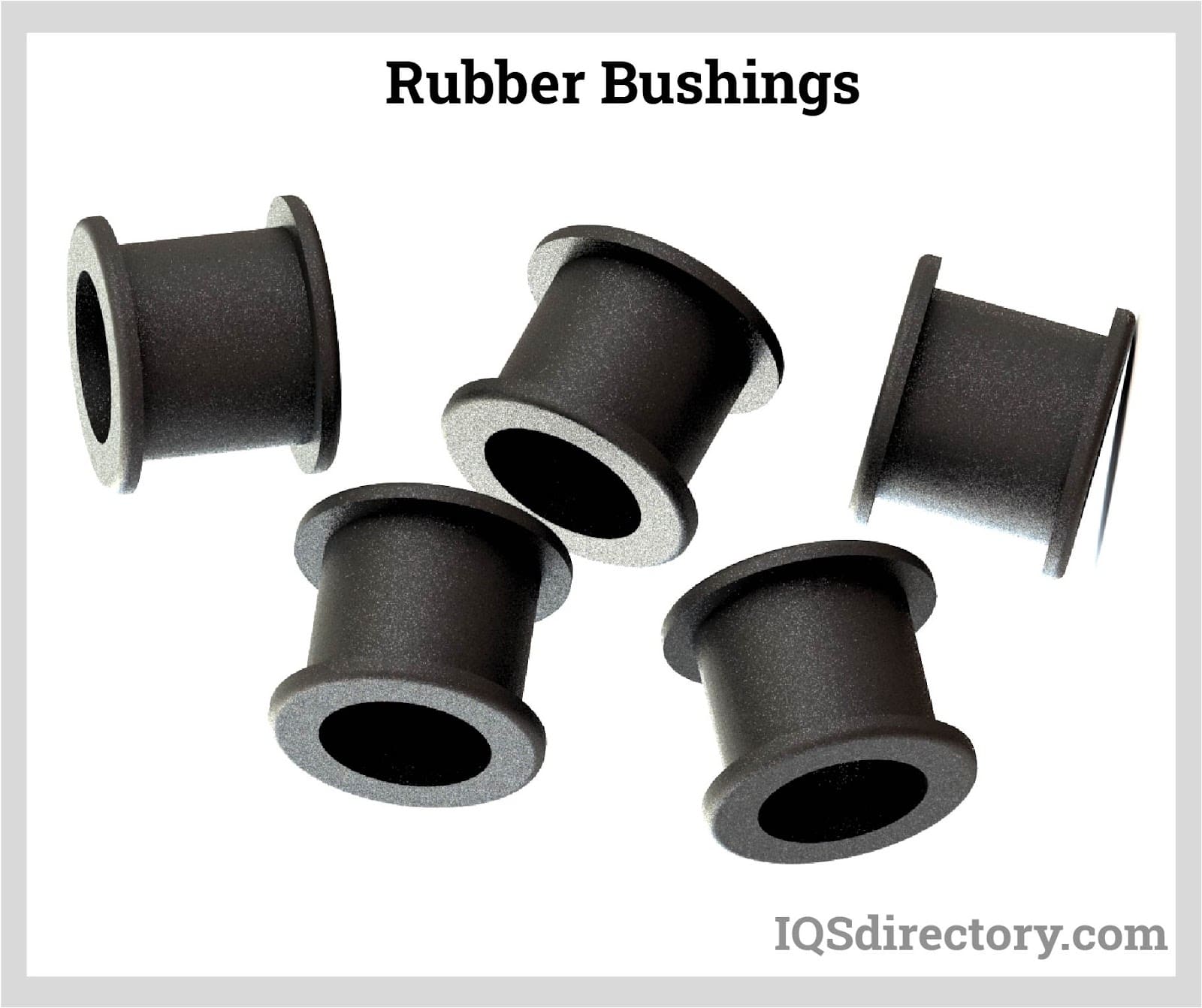
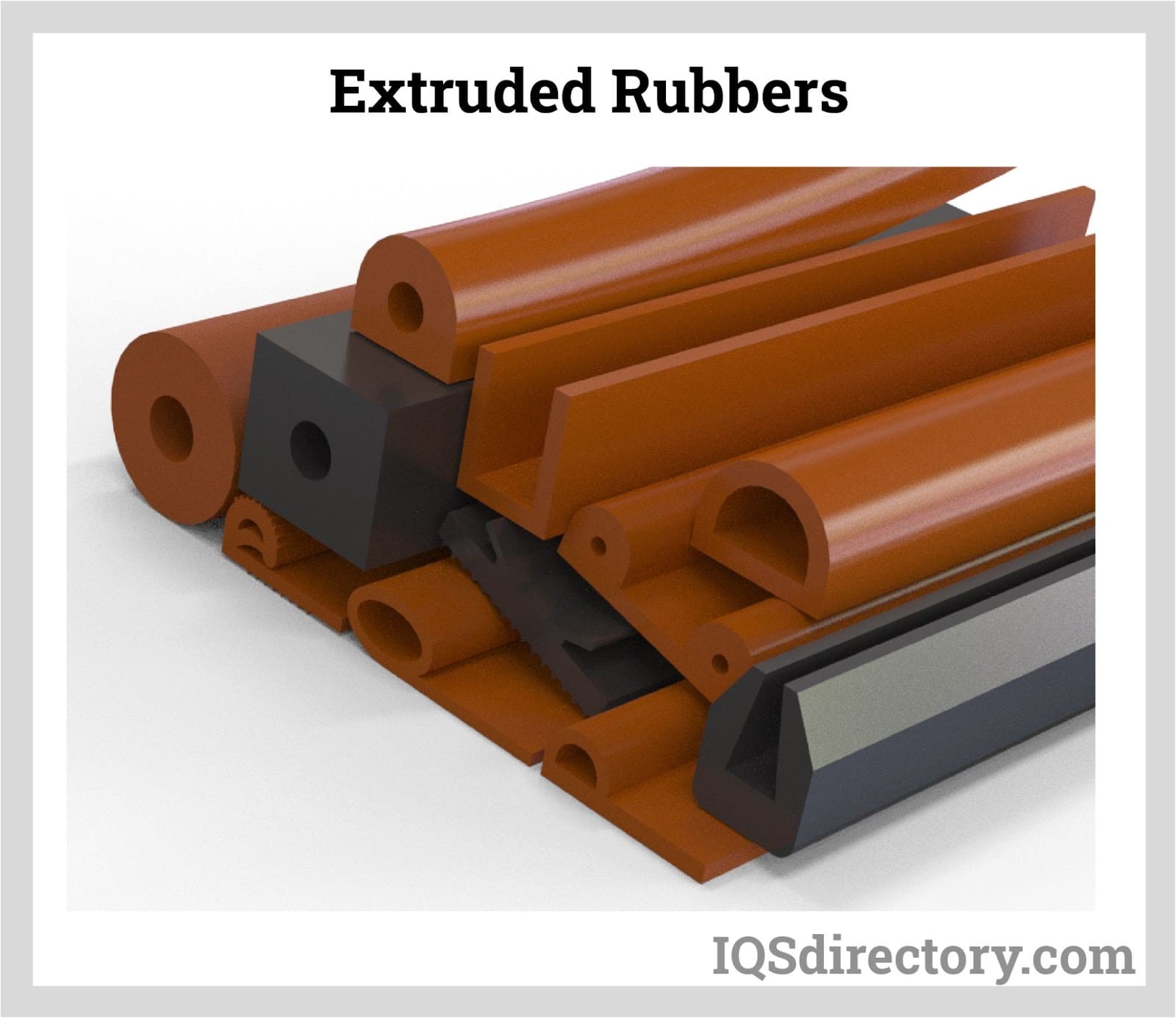
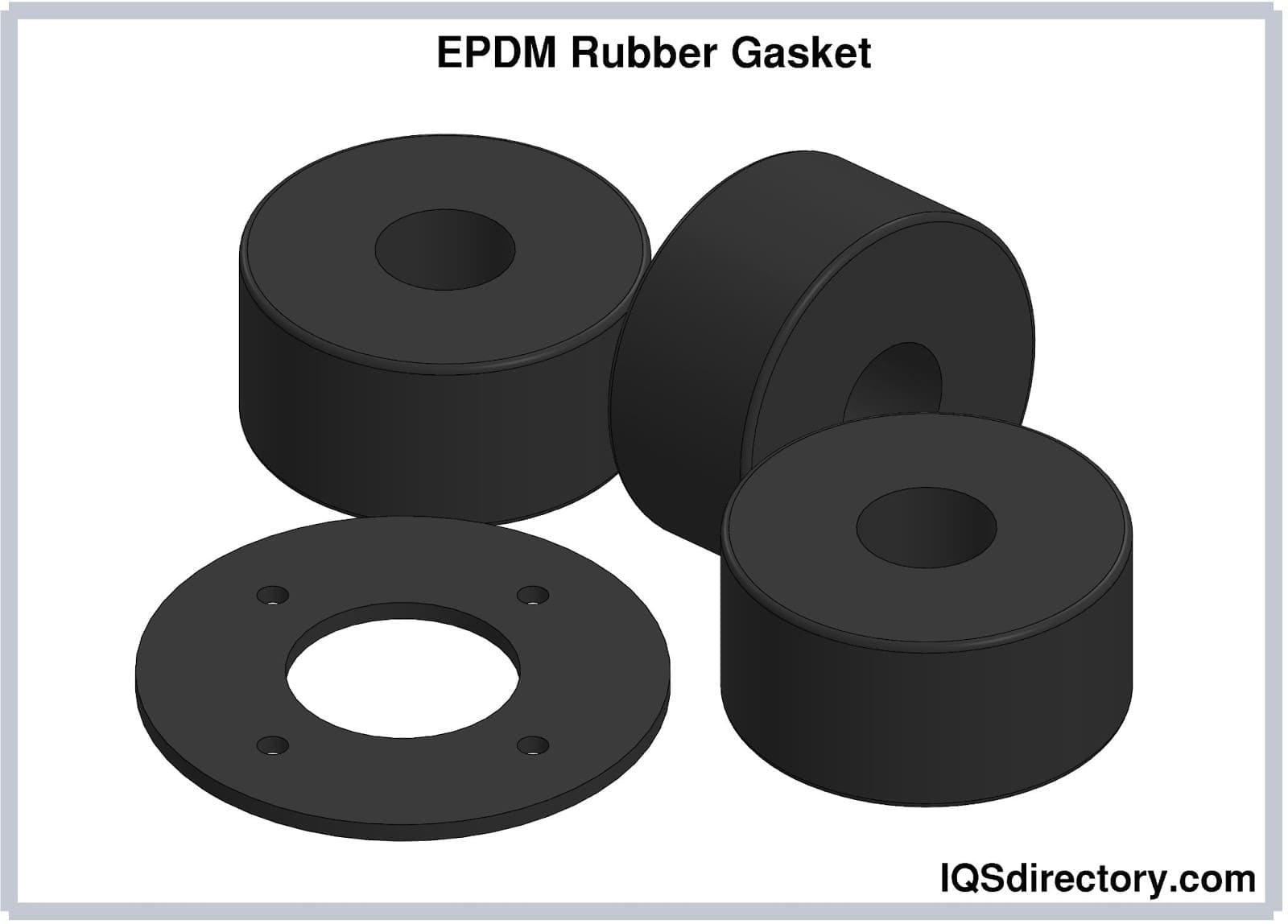
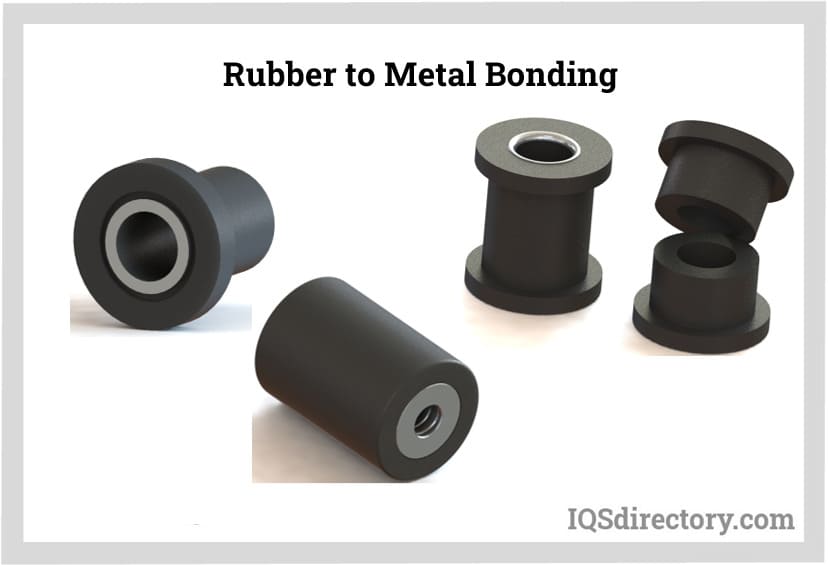
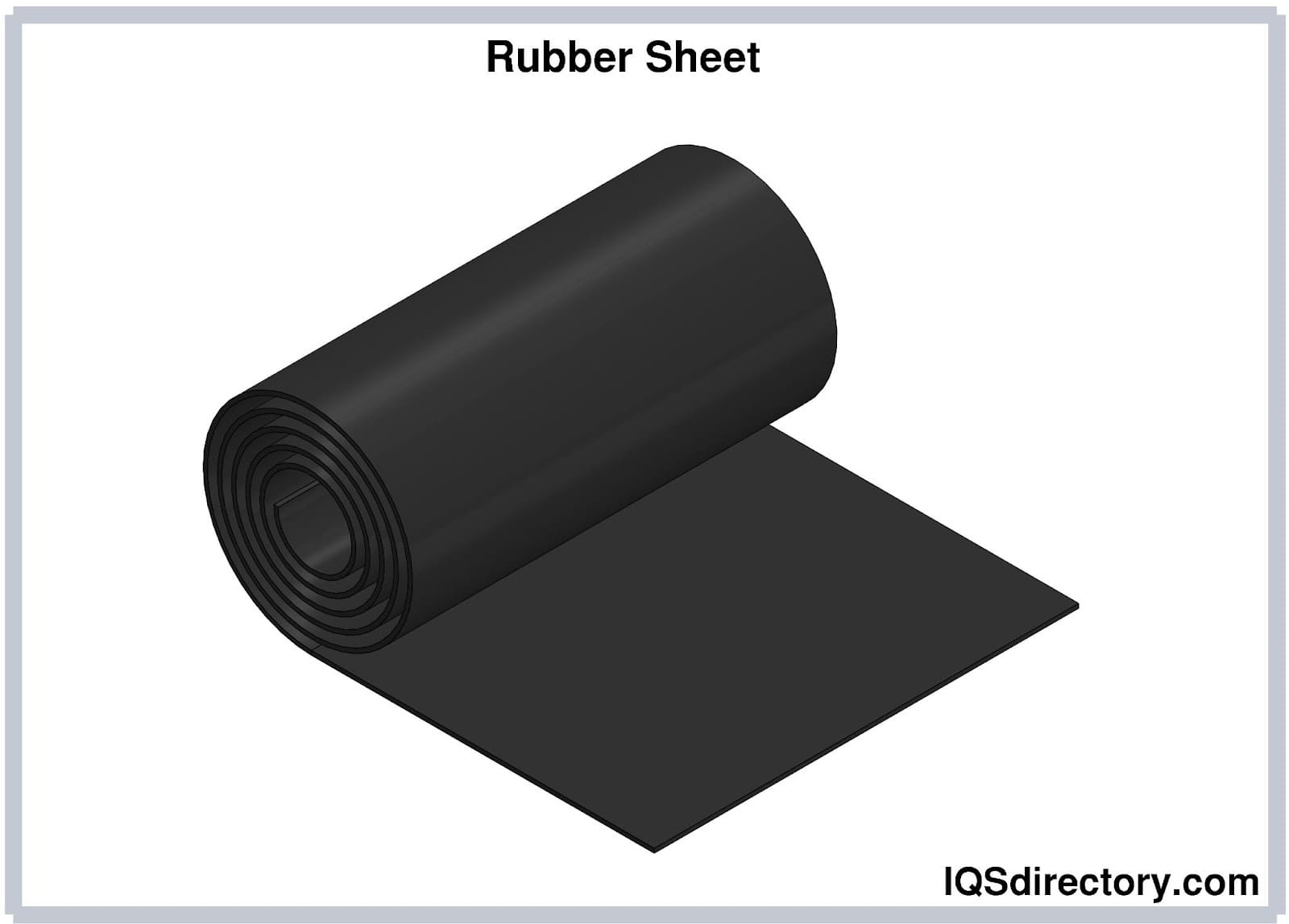
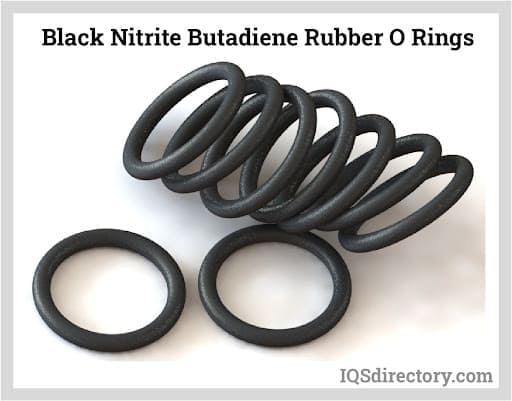
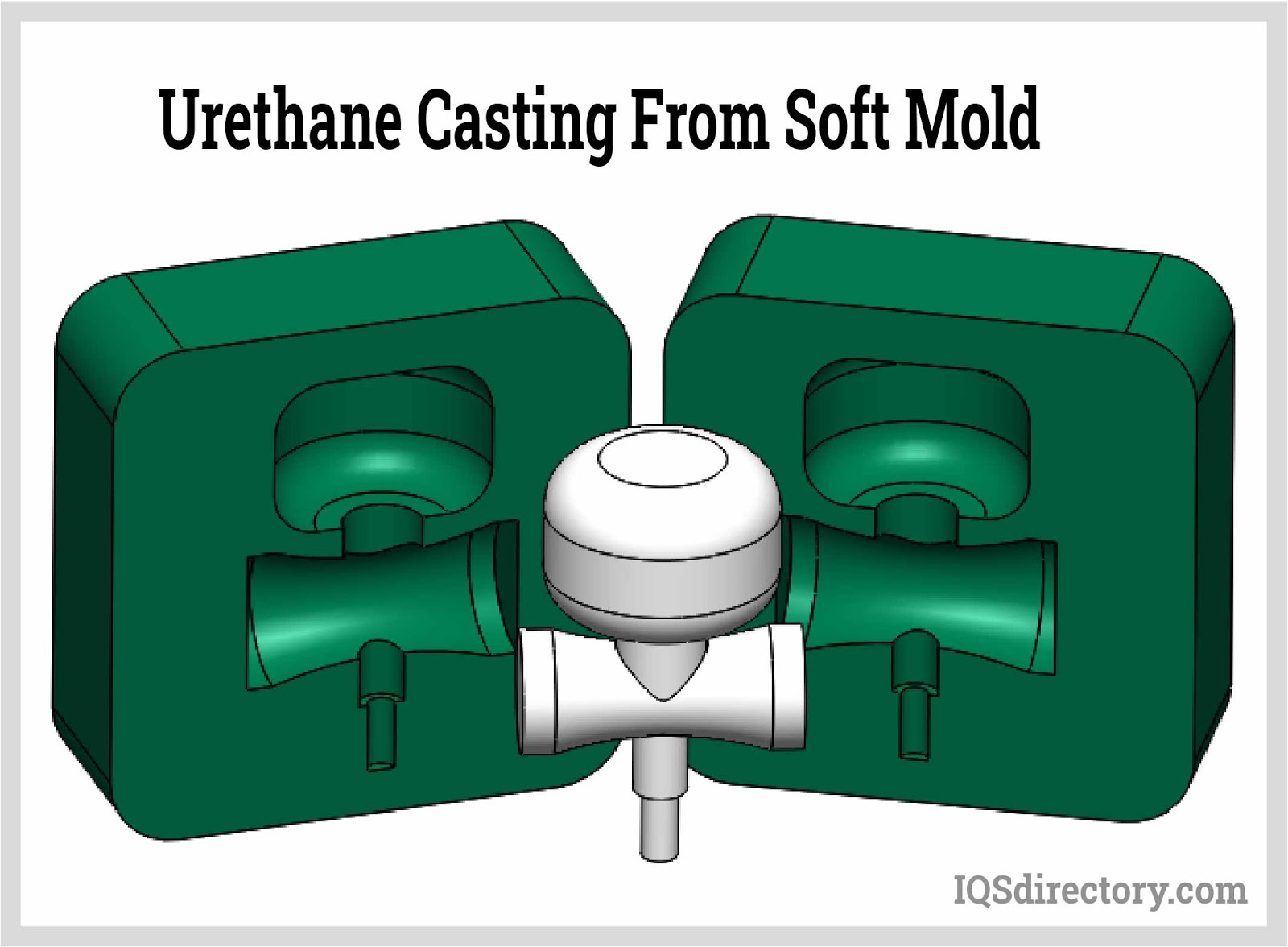
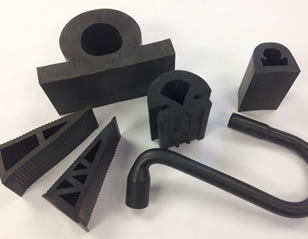 Rubber Extrusions
Rubber Extrusions Rubber Molding
Rubber Molding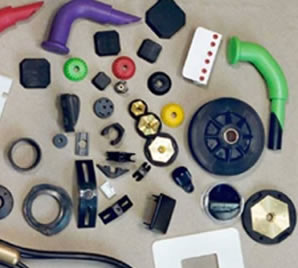 Rubber to Metal Bonding
Rubber to Metal Bonding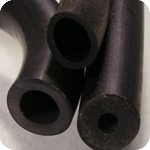 Rubber Tubing
Rubber Tubing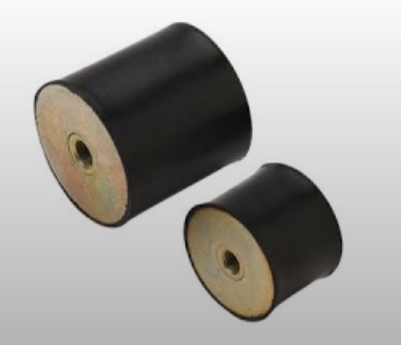 Vibration Absorbers
Vibration Absorbers Castings & Forgings
Castings & Forgings Bulk Material Handling
Bulk Material Handling Electrical & Electronic Components
Electrical & Electronic Components Flow Instrumentation
Flow Instrumentation Hardware
Hardware Material Handling Equipment
Material Handling Equipment Metal Cutting Services
Metal Cutting Services Metal Forming Services
Metal Forming Services Metal Suppliers
Metal Suppliers Motion Control Products
Motion Control Products Plant & Facility Equipment
Plant & Facility Equipment Plant & Facility Supplies
Plant & Facility Supplies Plastic Molding Processes
Plastic Molding Processes Pumps & Valves
Pumps & Valves Recycling Equipment
Recycling Equipment Rubber Products & Services
Rubber Products & Services